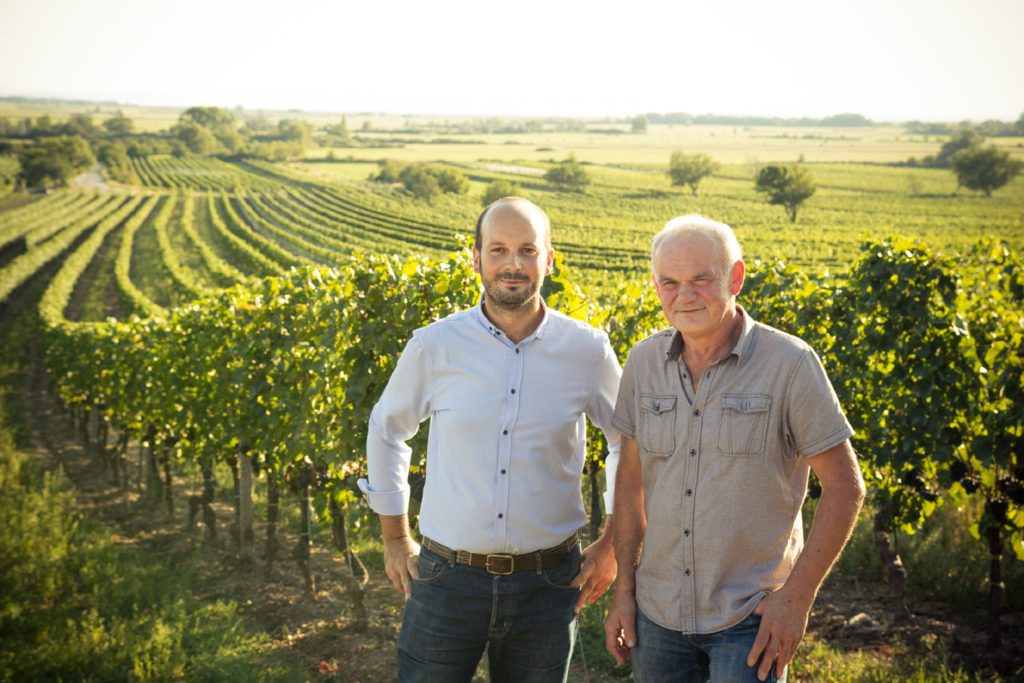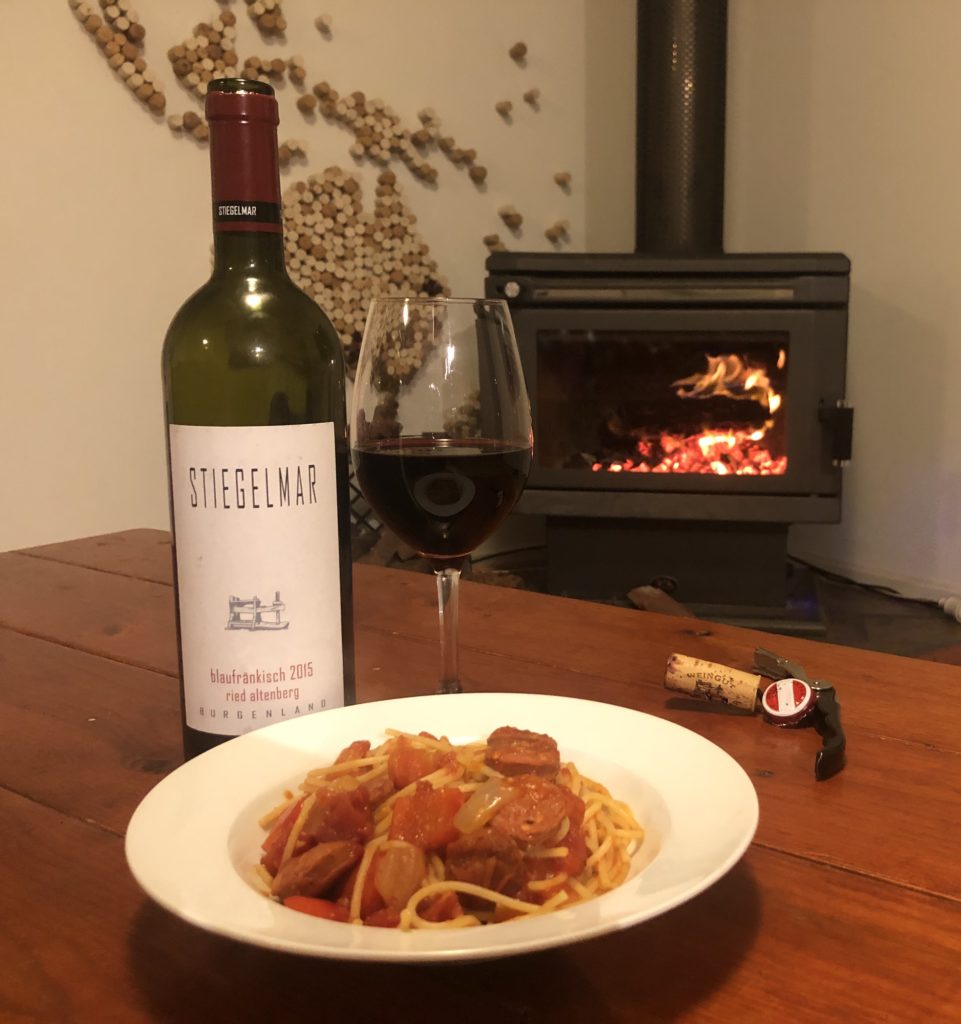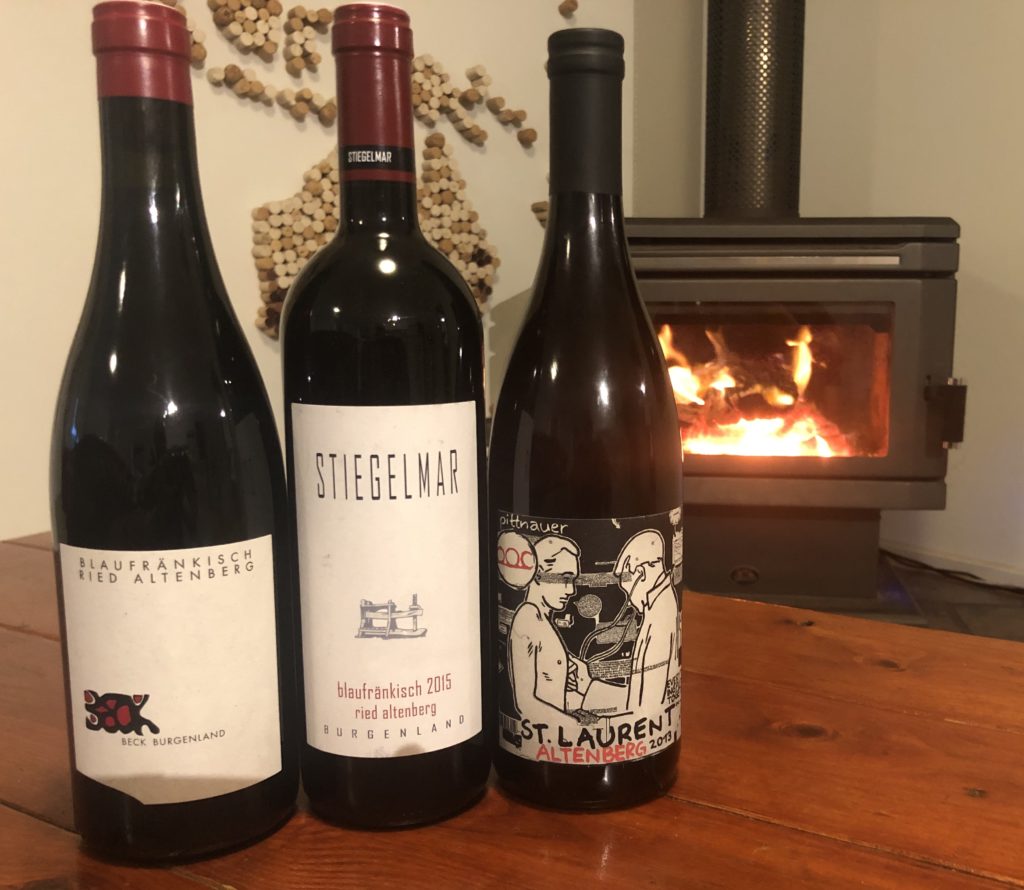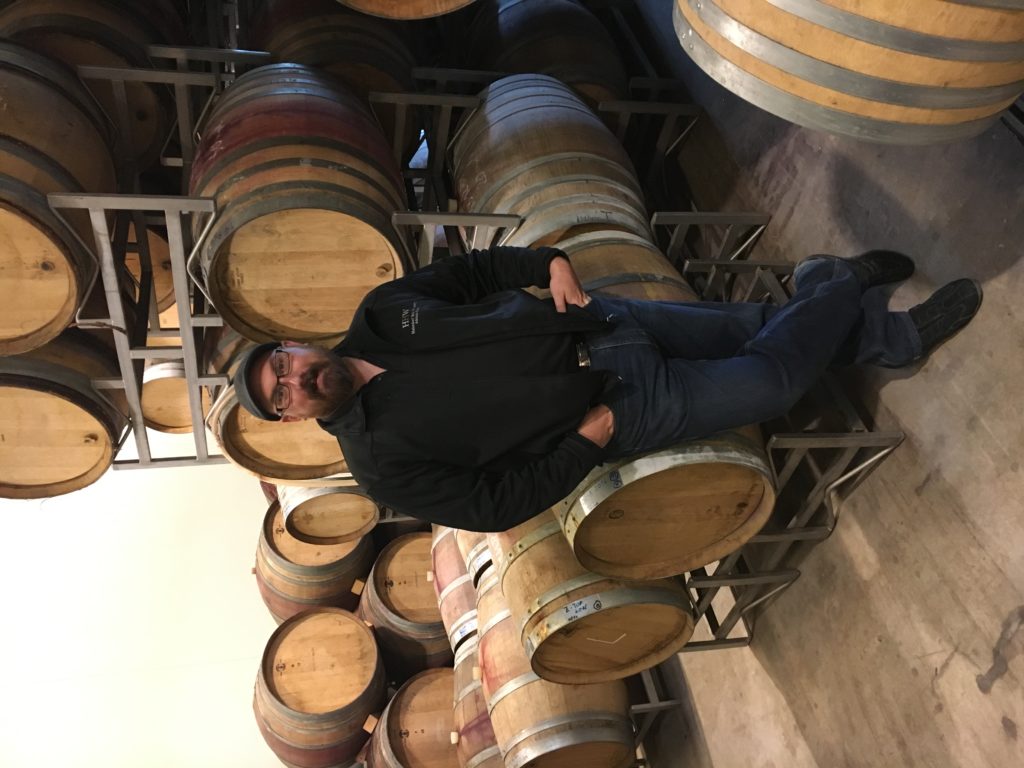
In global terms the Australian wine industry is still in its first flush of youth and while the approximately 200 years since our first commercial vintage seems like a long time ago to us, there are regions in Europe that – thanks to those ever-roving and rapacious Romans – can boast a link all the way back to antiquity.
Having a millennia or two headstart can be a bit of a double-edged sword for our European colleagues. The intervening centuries have given them ample time for trial and error; generations of winemakers and viticulturists have scoured their continent for prime sites; and over time regional typicity and signature styles were steadily established. This premium site selection process eventually evolved into the ‘Grand Cru’ and ‘Erste Lagen’ systems of designation, in which exceptional sites of similar composition and conditions were given a name so as to make the wine made from such blocks easily identifiable.
One downside of a long history is, as is so often the case, politics. Many modern European wineries are still dealing with the ghosts of the medieval feudal system of government and Austria is no exception. Serfdom in Austri’s Habsburg empire was only truly eradicated in the decades following the revolutions in 1848. Until then, much of the land was owned by the aristocracy, with farmers required to pay rent in the form of 10% of their harvest and an additional 10% paid to the church.
Once emancipated, Austrian farmers had the opportunity to purchase land for themselves, including so-called ‘named blocks’ which had a reputation for producing premium fruit; these blocks were extremely desirable and their ownership would bestow considerable prestige on a family. It was for this reason ownership rarely left a family but would instead be handed down through the generations, each time getting broken up into smaller and smaller individual inheritances until eventually you might inherit only a handful of vines.
This system of multiple owners each claiming parcels within the one block has in no way diminished the fruit’s desirability or prestige; in fact, quite the opposite. Because in some cases no single producer can harvest enough fruit for a viable production run, negotiations and competition for supply can get intense. The result is that a handful of wineries must buy fruit from sometimes dozens of individual owners and then each release their wines, all of which can claim single celebrity vineyard status.

One such celebrity vineyard is the 52-hectare Altenberg block which hugs a south-east and south-west slope where the broad and rolling Parndorfer Platte (Parndorf Plain) finally yields and descends to meet Lake Neusiedl next to the town of Gols in Burgenland.
Altenberg means ‘old hill’ and has been under vine for more than 500 years. The lower stratas are seven million year-old shell and limestone from when the region lay under an inland sea and the upper levels are irony gravel, sand and loam dragged in by the Danube during an ice age 100,000 years ago. This block has certainly earned its name! Gravelly sand and a southerly aspect which takes full advantage of the unique climate around the lake make this the perfect spot for late-ripening reds, especially Blaufrankisch and St Laurent.
Each year there are only a handful of producers who are lucky enough to source fruit from the famous Altenberg vineyard and all understand the responsibility that they have to put their best foot forward. A wine bearing the Altenberg name has made a promise to the drinker; a promise to reflect the block’s unique terroir, a promise that no effort has been spared or shortcuts taken, and a promise to honour previous vintages by bringing life and pure drinking pleasure to any dining table. I have had the great fortune to source three bottles of wine each proudly bearing the Altenberg name and they did not disappoint.

In 1956 Johann and Theresia Stiegelmar established their family business Weingut Stiegelmar in the town of Gols. When the second generation took over in the 1980s, they placed significant thought and effort into selecting the right varieties for the right spots, with Blaufrankisch on the sloping Altenberg block being a viticultural open goal. The third generation is now at the helm of a house with a well-earned reputation for quality, respect for tradition and a passion for innovation.

The 2015 Stiegelmar Ried Altenberg Blaufrankisch sits dark and heavy in the glass yielding little to the eye but pledging much to the nose. Its earlier youth spent in stainless steel before maturation in barrel gave the bright and playful notes a window to develop and ripen; blackberry, ruby red cherry and delicate vanilla are all present and accounted for. The palate is bold and ripe; black plum, liquorice and tobacco are framed up beautifully by a dry white-pepper spice and expertly structured tannins.
I drank this wine over two days and was delighted to see how much it opened up; cured meats and five spice characters came forward to complement the now slightly muted primary fruits. I would love a glass or two with pan- seared venison or slow-cooked beef ribs, but this combo of smokey chorizo in a slow-roasted, tomato Napoli- style sauce was delicious.
After graduating from the prestigious Klosterneuburg Viticulture School and serving internships in France, Italy and Chile, Judith Beck returned to Austria to work with her father, eventually taking the reins of the family business in 2004. Passionate advocates for ethical and sustainable farming, Weingut Beck teamed up with Dr. Andrew Lorand (an expert in biodynamic farming) and began the process of shifting their viticultural practices away from sustainable to full biodynamic in 2007.
Judith is serious about growing healthy and happy vines; so vital is her need to feel connected to her terroir she actually lives amongst the vines, her beautiful home being surrounded by a lush sea of verdant and virile vines. The wines of Weingut Beck are a true reflection of their time and place; a genuine and authentic voice that speaks with sincere affection for the land and of a sophisticated subtlety.
The fruit for the 2015 Beck Ried Altenberg Blaufrankisch was sourced from 30 year-old vines on the south-west face of the Altenberg where the soils feature sandy loam with limestone. Primary fermentation was spontaneous and conducted in large 3500 litre wooden vats, then rested for two years in used and new barrels before one more year of peaceful beauty sleep in the bottle.

This minimal intervention approach in the vineyard and a slow and steady approach in the winery have combined to produce a wine that is both stubbly yet seductive, earthy yet ephemeral and funky yet fun. At five years old it is already showing some of the aged qualities I adore; cured meats and funky forest-floor characters balance the red black fruits and fine acid. The tannin structure is especially beguiling; I can sense it, feel it, but whenever I try to address it directly, it flitters from view like a nymph at the bottom of the garden.
This wine puts me in mind of comfort food; I would serve this with a beef ragu or shepherd’s pie, but it would also impress with wood-fired pizza and just about anything with earthy roasted mushrooms.
Although I have written of the wines and the man behind them several times before, I cannot talk to you of Gols or the Altenberg vineyard without also noting the contribution of Gerhard Pittnauer. Regular readers will by now be familiar with a number of his wines I have reviewed, and today I would like to add his 2013 Altenberg St Laurent to the collection.
At the base of the slope between the famous Lake Neusiedl and the Parndorf Plain nestles the nerve centre of Gerhard and Brigitte’s operation. A state-of-the art winery and cellars offer commanding views of the surrounding vineyard-covered hillsides and down toward the giant lake. The Altenberg is the marquee St Laurent in a stable featuring several styles (even a pet nat!) and it really delivers.
Pittnauer has expertly blended his signature style with the DNA of this prestigious block; the red black fruits ring bright and sure like a clarion on a cold morning and are persistent through the nose, then the front, middle and back palate. Wild fermentation then maturation in large 500 litre French oak barrels provide texture, depth and mystique that completes the package. I have gushed over the wines of Weingut Pittnauer so many times it is getting embarrassing, but that is only because they consistently hit me in my happy place and no doubt will do so again.

Due to its Pinot Noir genetics, the St Laurent variety is inherently lighter than its Altenberg bedfellow Blaufrankisch, but that is not to say it does not also speak of its place. Although I tasted three distinctly different wines made by three distinctly different winemakers, the terroir will always weave a common tune through everything made by those willing to listen. Game meats, earthy roasted mushrooms, and a grazing platter that stars smoked pork and a mild crumbly blue cheese, will sing with this exceptional wine.
Naming premier vineyards and handing them down through a family, is the reality for many modern European vintners. Competition for access to the best fruit is a good thing and ensures that only those willing to put in the work and uphold a centuries-old standard will release wine labelled with a proud and recognised name. These systems both formal and cultural are, in the end, there to serve us – the drinkers. These restrictions are in place to give a consumer confidence that when we see a wine labelled ‘Grand Cru’ or ‘DAC’, it has passed a number of stringent tests and the industry is confident it will accurately reflect the culture, provenance and terroir unique to its birthplace.
Long story short; if you see a wine with Ried Altenberg on the label, buy it!
Prost! Jack.
